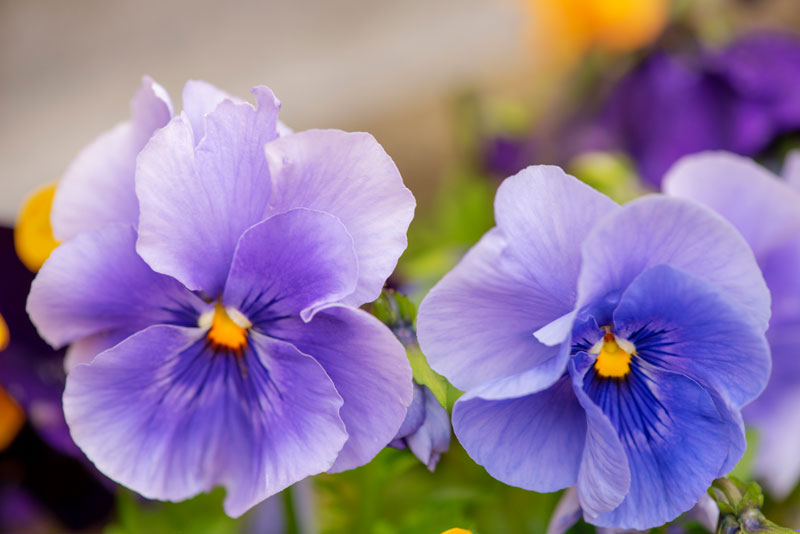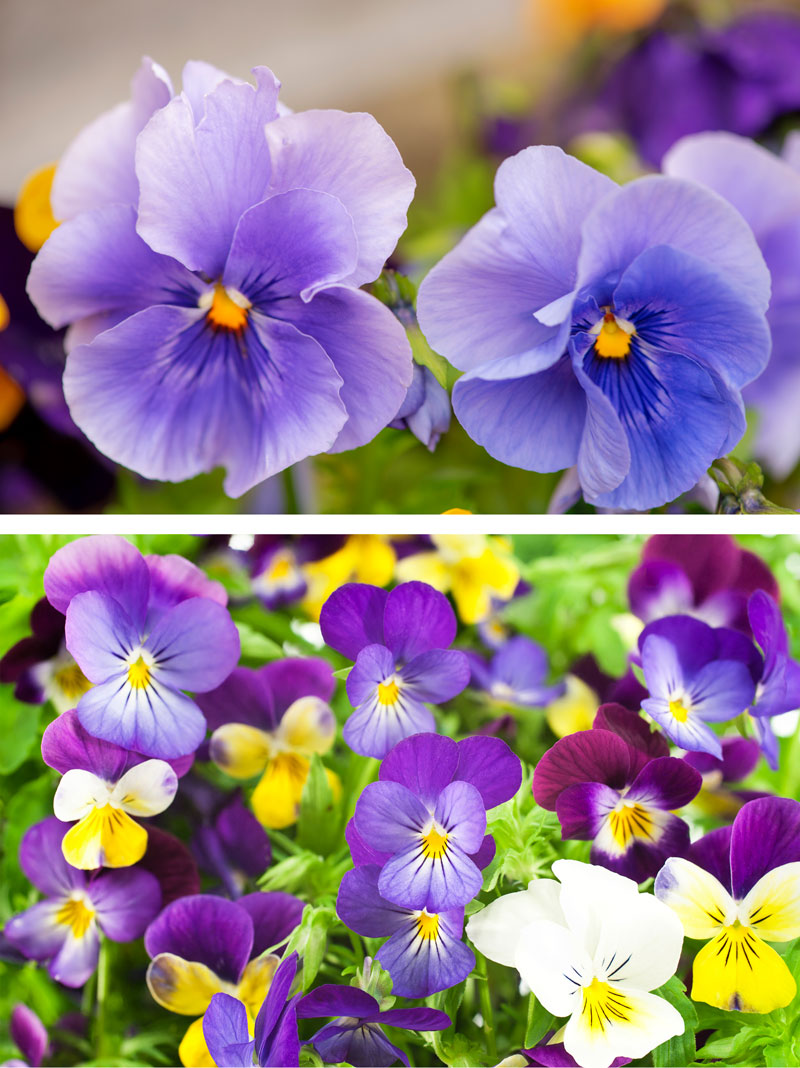How did the Greeks, Persians, and Romans use Violas? Can I order Viola with florists near me?
About Viola

Genus
Viola
Species
There are approximately 500 species of violas known to man. Among these, there are perennials, annuals, and subshrubs. The actual varieties comprise Viola biflora (Yellow Wood Violet), viola pedatifida (Crowfoot Violet), viola hirta (Hairy Violet), Viola odorata (Sweet Violet), and Viola x wittrockiana. (Garden Pansy). The Viola tricolor (Wild Pansy), native to Eurasia, is one of the most recognized plant species.
History
Violas are multifunctional and originated from the temperate parts of the Northern Hemisphere. Today, it is found in parts of Africa, South America, Australia, and Hawaii.
They were used by the Greeks, Persians, and Romans since 500B for medicinal remedies, calming anger, and even for sweetening food. The Romans believed that the petals prevented drunkenness when infused in wine.
Even today, they are still used for curative purposes. Violas find use as an anti-inflammatory, a laxative for infants, a remedy for headache, and even a good source of Vitamin C.
The flower itself symbolizes many things, such as remembrance, everlasting love, innocence, faith, spirituality, and mysticism. It fabled to have blossomed when the Angel Gabriel announced to the Virgin Mary that she would bear a son called Jesus.

Appearance
The name viola is a Latin word that directly translates to “violet color” or “violet flower.” The fact that they come in three primary colors (purple, green, and yellow) was a basis for violas being referred to as the “Herb of the Trinity” by Monks in the Middle Ages.
To spot violas, lookout for plants with asymmetrical flowers and heart-shaped leaves. However, based on their species, the shape of their petals may change. They are small plants, so they naturally grow only up to about 8 inches tall.
Growth & Maintenance
Growing violas in moist soil with an adequate amount of compost or organic material is best for them. They love the sun, but too much heat stunts their growth, so planting in spring is the best course of action. You can also plant in summer; however, make sure they have some shade in the afternoon when temperatures rise.
Also, try to plant your violas about 20–25 centimeters apart, depending on the variety. If you keep this distance between them, horned violets will not get into each other's enclosure and develop a dense carpet of flowers. If you prefer a smaller variety with a height of 10 centimeters, choose a distance of 10-15 centimeters between the individual flowers.
Good mulch and adequate water also combat the high temperatures commonly encountered in the afternoon and during summer. Even though violas bloom well in moist soil, it’s important that you do not overwater them. Also, allow the soil to dry in between watering.
Compost or organic fertilizer should also be used in the spring, when the violas are planted, and again in late summer. And as with all plants, violas can get infested by troublesome pests and diseases, such as grey mold, mites, and aphids. Make sure your violas get a dose of moderate sunshine. You can also use insecticidal soaps to treat your violas against aphids.
By Miles Warner 01 October 2020



